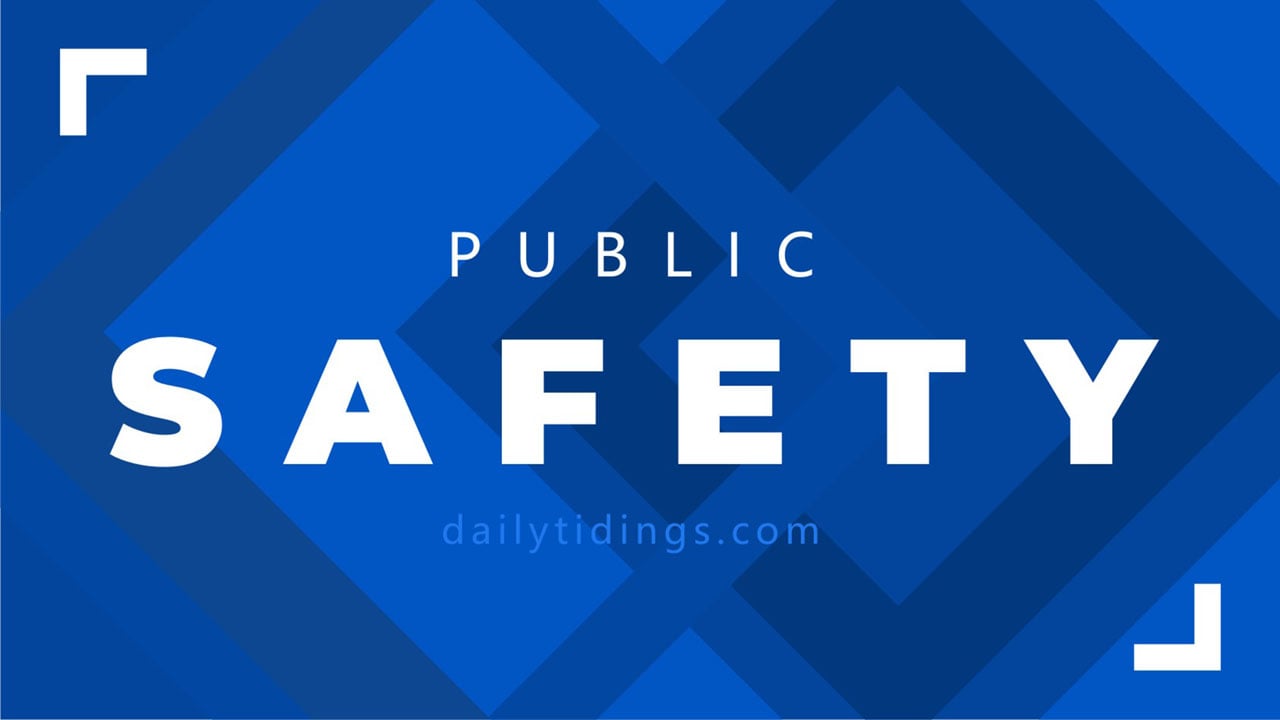Oregon’s New Homeland Security Roadmap Strengthens Defenses Against Wildfires, Cyberattacks, and Extremism

The Oregon Department of Emergency Management (OEM) laid out the state’s Comprehensive Homeland Security Strategy 2025 to 2028, which seeks to address natural, technological, or human-caused risks as they arise over the next three years.
Oregon Homeland Security Plan To Strengthen Threat Risk Management
The 2025-28 Oregon Homeland Security Strategy (HSS) was developed as wildfires, ice storms, and earthquakes are now occurring with greater frequency and intensity, and human-caused risks like domestic violent extremism, fentanyl trafficking, ransomware, and disinformation campaigns pose an increasing threat to public safety and economic security.
The OEM’s HSS, released yesterday, is a five-year roadmap to strengthen the state’s ability to prevent, protect against, respond to, and recover from the full spectrum of threats and hazards facing residents of the state.
The HSS was approved by Governor Tina Kotek’s multi-agency Oregon Homeland Security Council Council in April.
The seven strategic goals of the Homeland Security Council– centered on a 24/7/365 common operating picture, align with FEMA’s National Preparedness System and include:
- Strengthen Intelligence and Information Sharing Capabilities
- Enhance Critical Infrastructure Resilience
- Enhance Cybersecurity Resilience
- Strengthen Counterterrorism Capabilities
- Strengthen Public Health and Medical Emergency Preparedness
- Advance Interoperable Emergency Communications
- Strengthen an All-Hazards Preparedness and Response Capabilities at the Local, Tribal, and State Levels
The HSS will identify, unify, guide, and streamline homeland security efforts over the next three years, with revisions scheduled for the spring of 2027 to initiate the next 3-year cycle.
OEM is working with legislators to deploy a next-generation data-management system that balances threat intelligence with Oregon’s privacy and civil rights laws through a whole-community approach, leveraging councils and workgroups, including the Oregon Homeland Security Council, Cybersecurity Advisory Council, and Homeland Security Advisory Workgroup.
By coordinating resources across government, private industry, nonprofits, and academia and integrating data tools, OEM can track, manage, assess, and share threat information- within the state’s civil rights and privacy protection laws. OEM will now develop more detailed plans that align with the Statewide Communications Interoperability Plan.
